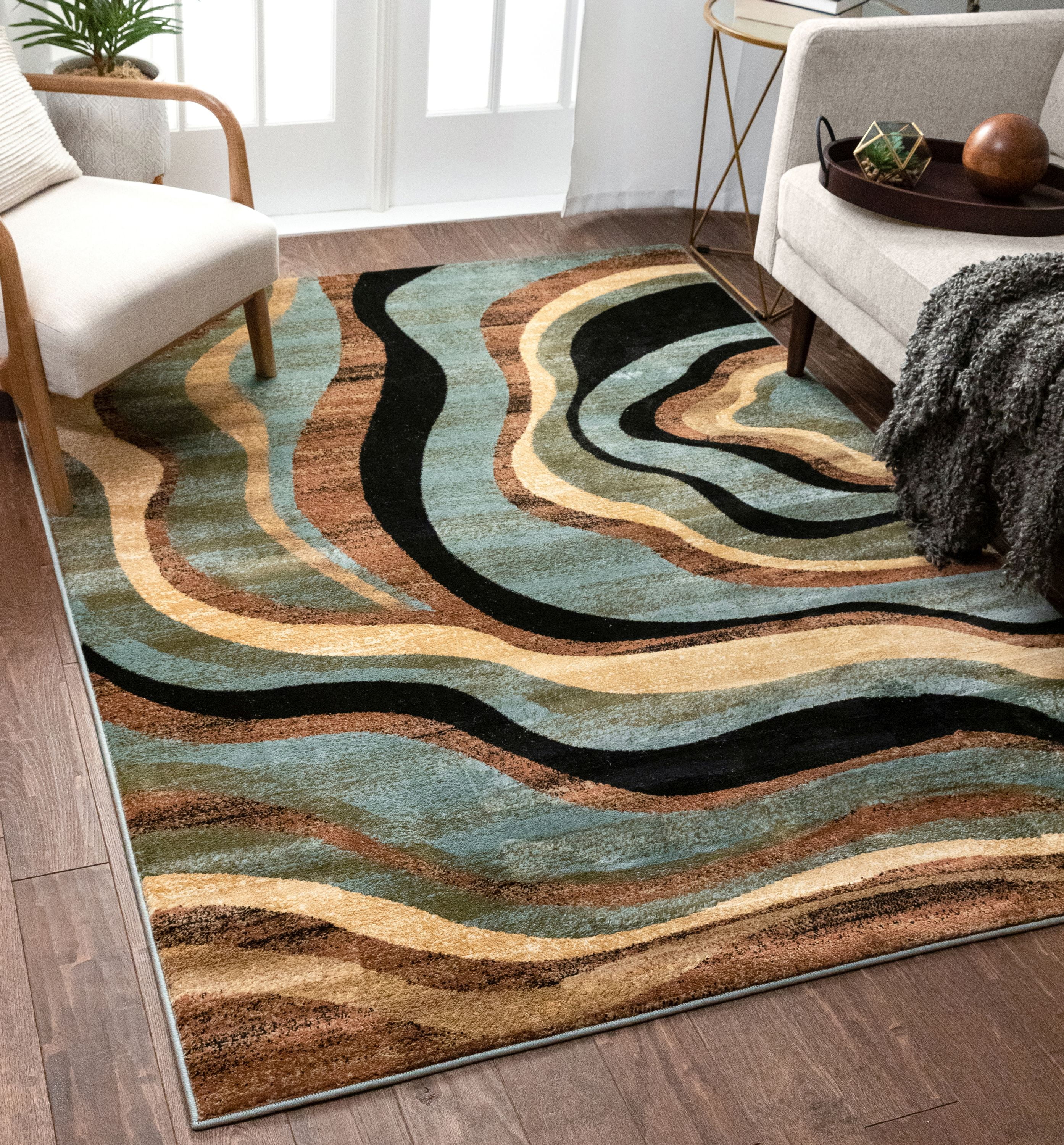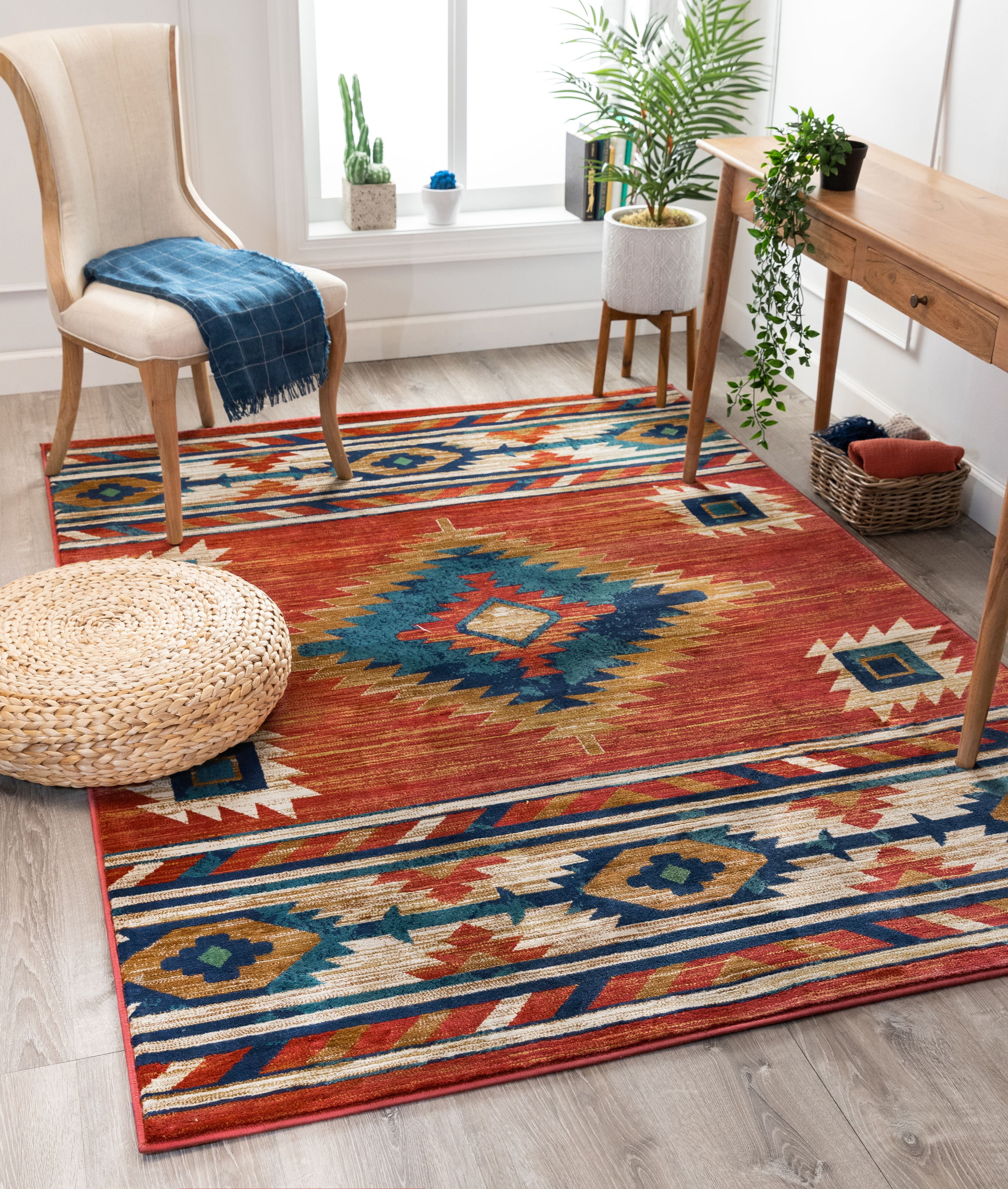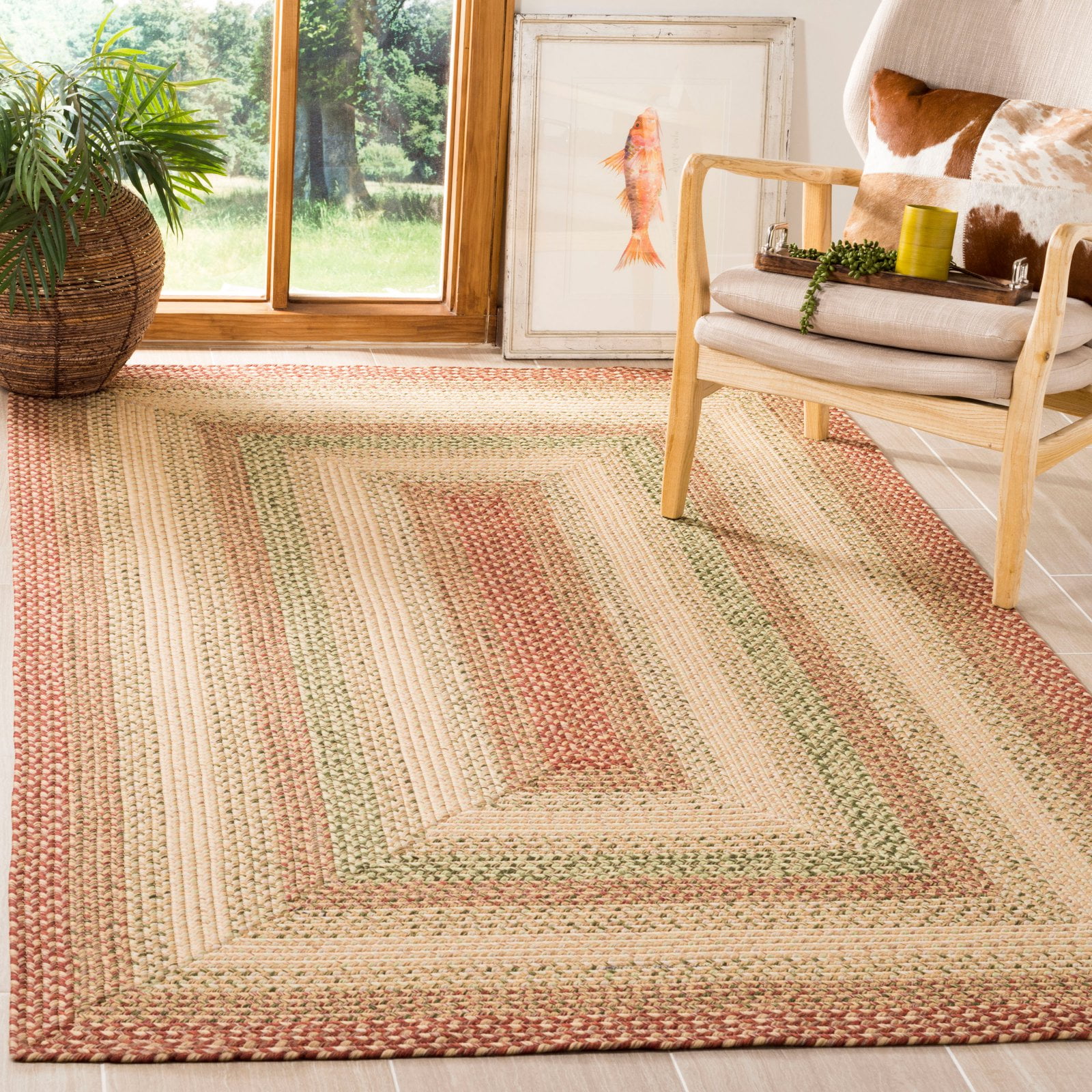Unveiling The Timeless Beauty Of Rugs From Iran
For centuries, the intricate beauty and profound artistry of rugs from Iran have captivated collectors, designers, and homeowners across the globe. These aren't merely floor coverings; they are woven narratives, each knot a testament to generations of skill, cultural heritage, and unparalleled dedication. Often referred to interchangeably as "Persian rugs," these masterpieces embody a legacy of textile art that is as rich and complex as the patterns they bear.
Stepping into the world of authentic Iranian rugs is to embark on a journey through history, where ancient traditions meet contemporary elegance. From the bustling bazaars of Tehran to the quiet workshops nestled in remote villages, the creation of these hand-knotted treasures is a painstaking process, resulting in items of extraordinary beauty and enduring value. If you've ever wondered about the true essence of a Persian rug, its origins, its types, or how to distinguish a genuine article from an imitation, you've come to the right place. We'll delve deep into what makes these rugs from Iran so uniquely revered, offering insights that empower you to appreciate, choose, and care for these magnificent works of art.
Table of Contents
- The Enduring Legacy of Rugs from Iran
- A Tapestry of Artistry: The Craftsmanship Behind Iranian Rugs
- Materials and Dyes: The Soul of a Persian Rug
- Decoding the Designs: Patterns and Symbolism in Iranian Rugs
- The Cultural Significance: More Than Just Floor Coverings
- Navigating the Market: Identifying Authentic Rugs from Iran
- Choosing Your Perfect Persian Rug: A Guide for Buyers
- Preserving the Heritage: Caring for Your Iranian Masterpiece
The Enduring Legacy of Rugs from Iran
The history of rug weaving in Iran stretches back millennia, deeply interwoven with the fabric of its society, economy, and artistic expression. For centuries, these textiles have served not only as practical items for warmth and comfort but also as powerful symbols of status, wealth, and cultural identity. The art form evolved through various empires and dynasties, each leaving its indelible mark on the patterns, colors, and techniques. The Safavid Dynasty (1501-1736), in particular, is often considered the "golden age" of Persian rug weaving, with royal workshops producing some of the most intricate and sophisticated designs ever seen. This rich and complex history is intrinsically linked to the culture and customs of the regions of Iran and its surrounding countries, making every rug a piece of living history.
Persian vs. Iranian Rugs: A Subtle but Important Distinction
The terms "Persian rugs" and "Iranian rugs" are frequently used interchangeably, and for good reason: they both refer to handwoven carpets crafted in Iran. However, there's a subtle distinction worth understanding. "Persian rugs" specifically refer to these handwoven carpets, rooted in the historical region of Persia—a name tied to the country’s ancient empire and its rich textile heritage. While Iran is the modern name for the country, "Persian" evokes the deep historical and cultural lineage of these textiles. Essentially, all Persian rugs are Iranian rugs, but the term "Persian" emphasizes the ancient artistic tradition and cultural depth that defines these magnificent pieces. They are an accurate representation of the ancient Persian art and culture, carrying forward a legacy that predates many modern nations.
A Tapestry of Artistry: The Craftsmanship Behind Iranian Rugs
What truly sets rugs from Iran apart is the extraordinary level of craftsmanship involved in their creation. These are not mass-produced items; each is a labor of love, meticulously hand-knotted by skilled artisans. This dedication to traditional methods ensures that every rug is not only a functional item but a unique work of art, imbued with the spirit and expertise of its maker. The process is time-consuming, often taking months or even years to complete, depending on the size and complexity of the design. This commitment to quality and artistic integrity is why genuine Persian rugs are renowned for their timeless elegance and exquisite craftsmanship.
The Hand-Knotted Marvel: A Testament to Skill
The defining characteristic of authentic Persian rugs is their hand-knotted construction. Unlike machine-made carpets, which are mass-produced, hand-knotted rugs are created by individual artisans who tie each knot by hand onto a warp and weft foundation. This painstaking method allows for an incredible density of knots, which translates directly into the rug's durability, clarity of design, and overall luxurious texture. The higher the knot count per square inch, the more intricate the pattern can be, and generally, the higher the value of the rug. Skilled weavers in Iran master this ancient technique, passing down knowledge and expertise through generations, ensuring that the art form continues to thrive. Each rug tells a unique story and embraces the rich cultural heritage of Persia through its very construction.
Materials and Dyes: The Soul of a Persian Rug
The quality of a Persian rug is inextricably linked to the materials used in its creation. Typically made from the finest wool or silk, these materials are chosen for their durability, luster, and ability to hold vibrant colors. Wool, often sourced from local sheep, is prized for its strength, resilience, and natural lanolin content, which gives the rug a natural resistance to dirt and stains. Silk rugs, on the other hand, are known for their unparalleled softness, shimmering appearance, and incredibly fine knotting, allowing for designs of breathtaking detail. These are often considered luxury items, perfect for adding a touch of elegance and cultural heritage to any space.
Equally important are the dyes used. Traditionally, natural dyes derived from plants, insects, and minerals were employed, yielding a rich palette of colors that age beautifully over time. While synthetic dyes are now also used, many traditional weavers still prefer natural dyes for their unique depth and ability to create subtle variations in hue, known as "abrash." The vibrant colors—from deep reds and blues to earthy browns, greens, and yellows, often accented with white and ivory—are a hallmark of rugs from Iran, contributing significantly to their visual appeal and character.
Decoding the Designs: Patterns and Symbolism in Iranian Rugs
The intricate patterns and designs found on Persian rugs are far more than mere decoration; they are a visual language, reflecting Persian culture, heritage, and the specific region or tribe from which the rug originates. Each motif, color, and composition often carries symbolic meaning, telling stories of ancient beliefs, daily life, and the natural world. Common motifs include floral patterns (representing gardens, paradise, and fertility), medallions (symbolizing unity and the universe), animal figures (depicting strength or protection), and geometric shapes (often found in tribal rugs, reflecting nomadic life). The complexity and balance of these designs are a testament to the artistic genius of the weavers.
Exploring Diverse Styles: From Gabbeh to Bakhtiari
The diversity of styles among rugs from Iran is vast, with each region and tribal group contributing its unique aesthetic. This variety ensures that choosing a Persian rug means selecting a rug that matches your individual style, interior design, and usage needs, while also bringing character to your space. Some popular styles include:
- Gabbeh Rugs: Known for their abstract, minimalist designs and often chunky, soft pile. These rugs feature simple geometric shapes, often depicting animals or human figures in a naive, charming style. They are celebrated for their raw beauty and connection to nomadic traditions.
- Bakhtiari Rugs: Among the most colorful of all Persian rugs. Weavers created very busy patterns using a wide palette of bright colors, including bright reds, browns, greens, and yellows, accented with white and ivory. They often feature garden-like designs with squares or rectangles, each containing a different motif, symbolizing a Persian garden.
- Isfahan Rugs: Renowned for their extremely fine knotting, intricate curvilinear designs, and often incorporating silk. They are highly formal and elegant, often featuring central medallions and dense floral patterns.
- Tabriz Rugs: Known for their wide range of designs, from medallions to all-over patterns, and often incorporating hunting scenes or famous poets' verses. They are highly durable and come in various qualities.
- Kerman Rugs: Characterized by their soft colors, delicate floral patterns, and often featuring central medallions or pictorial designs.
- Qom Rugs: Almost exclusively made of silk, these rugs are exceptionally fine and feature intricate, often pictorial or garden designs. They are considered among the finest Persian rugs.
This rich tapestry of styles means that from antique Persian rugs to rugs made in more modern times, you're sure to find the perfect one that resonates with your aesthetic.
The Cultural Significance: More Than Just Floor Coverings
Beyond their aesthetic appeal and utilitarian function, rugs from Iran hold profound cultural and symbolic significance. They are often central to family life, serving as gathering places, prayer mats, and even dowries. The creation of a rug is a community endeavor, often involving multiple family members, and the skills are passed down from generation to generation. Every rug carries a story—of tradition, history, and artistry. They are tangible links to a rich past, embodying the resilience, creativity, and spiritual depth of the Iranian people. Owning a genuine Persian rug is not just an investment in a beautiful object; it's an embrace of a living cultural heritage, a piece of history that continues to unfold in your own home.
Navigating the Market: Identifying Authentic Rugs from Iran
Given the global demand and high value of authentic Persian rugs, the market unfortunately sees its share of imitations. The genuine Persian rugs and handmade oriental rugs are from Iran, and the majority of the times you’ll find imitations of the exact same from countries like India, Pakistan, Turkey, and China. While these imitations might superficially resemble Persian designs, they often lack the quality of materials, the density of knots, and the traditional craftsmanship that define an authentic piece. Always keep in mind that authentic Persian rugs possess a unique character and durability that imitations cannot replicate.
When seeking authentic rugs from Iran, look for key indicators:
- Hand-Knotted Construction: Flip the rug over. You should see individual knots, not uniform machine stitching. The fringe should be an extension of the rug's foundation, not sewn on.
- Irregularities: Slight imperfections in pattern or shape are often signs of handmade quality, adding to the rug's unique character.
- Materials: Feel the wool or silk. It should be soft, lustrous, and resilient.
- Dye Quality: Colors should be rich and varied, with natural dyes sometimes showing subtle "abrash" (color variations).
- Reputable Dealers: Purchase from established and knowledgeable dealers who can provide certificates of authenticity and detailed information about the rug's origin, age, and materials. Stores like Catalina Rug, Arian Rugs, and Kasraz are examples of places that offer collections of genuine, handmade Persian rugs. The owner’s extensive knowledge and passion for rugs are often evident throughout the shopping experience at such specialized stores.
Import Regulations and Global Availability
It's important for buyers to be aware of the legal aspects of importing rugs from Iran. While Persian handmade rugs face official import restrictions only in the United States (since 2018), they are legally imported and sold in most other countries, including those in the Middle East, Europe, and North and South America. This means that buyers in many parts of the world can freely explore local and online options in their country to find these magnificent pieces. Reputable online platforms often offer incentives like free shipping and free returns, making the acquisition of these global treasures more accessible.
Choosing Your Perfect Persian Rug: A Guide for Buyers
Selecting a Persian rug is a personal journey, as each piece has its own personality. Choosing a Persian rug means selecting a rug that matches your individual style, interior design, and usage needs, while also bringing character and a story to your space. Here are some considerations:
- Size and Shape: Measure your space carefully. Consider if you need a standard rectangular rug, a runner, or a round piece.
- Color Palette: Think about your existing decor. Persian rugs come in a vast array of colors. Bakhtiari rugs, for instance, are known for their vibrant, busy patterns, while others might feature more subdued tones.
- Design Style: Do you prefer intricate floral patterns, bold geometric designs, or abstract Gabbeh styles? Each style evokes a different feeling.
- Material: Wool is durable and versatile, ideal for high-traffic areas. Silk offers unparalleled luxury and detail, often suited for less trafficked spaces or as wall hangings. Discover Kasraz's collection of authentic Persian silk rugs, handcrafted in Iran and renowned for their luxurious feel, vibrant colors, and intricate designs.
- Budget: Prices vary widely based on age, size, knot density, material, and origin. Authentic hand-knotted rugs are an investment, but many dealers offer options across different price points, sometimes with significant savings (e.g., "Save 15 to 80% every day + free shipping and free return" as seen with some retailers).
- Reputation of Seller: As mentioned, buying from a trusted source is paramount to ensure authenticity and fair pricing. Arian Rugs, for example, offers an incredible collection of authentic Persian rugs that truly showcase the beauty and craftsmanship of this art form. From the moment you walk in, you'll be amazed by the variety of styles, colors, and sizes available.
Persian rugs add timeless class to any room they're in. Whether you're looking for an antique heirloom or a contemporary piece, the right rug will transform your space and become a cherished possession.
Preserving the Heritage: Caring for Your Iranian Masterpiece
A genuine Persian rug is an investment designed to last for generations. Proper care is essential to preserve its beauty and value. Here are some basic tips:
- Regular Vacuuming: Gently vacuum your rug regularly, using the suction-only setting, to remove dirt and dust. Avoid using a beater bar, which can damage the fibers.
- Rotate Regularly: Rotate your rug every 6-12 months to ensure even wear and exposure to light, preventing uneven fading.
- Spot Cleaning: Address spills immediately. Blot, don't rub, with a clean white cloth and a mild, pH-neutral detergent solution. Test in an inconspicuous area first.
- Professional Cleaning: Have your rug professionally cleaned every 3-5 years by a specialist experienced in hand-knotted rugs. Avoid harsh chemical cleaners or steam cleaning, which can damage natural fibers and dyes.
- Protect from Sunlight: Prolonged exposure to direct sunlight can cause fading. Use curtains or blinds to protect your rug.
- Use a Rug Pad: A good quality rug pad will prevent slipping, reduce wear on the rug, and provide extra cushioning.
By following these simple care guidelines, you can ensure that your rugs from Iran continue to enrich your home and tell their unique story for many years to come.
Conclusion
The journey into the world of rugs from Iran reveals not just a product, but a profound cultural artifact. These hand-knotted masterpieces, often synonymous with "Persian rugs," are celebrated classics among handwoven oriental rugs, embodying centuries of artistic tradition, meticulous craftsmanship, and symbolic depth. From their rich history and diverse regional styles to the careful selection of materials and dyes, every aspect of an Iranian rug speaks of unparalleled dedication and artistry.
Understanding the distinction between genuine pieces and imitations, navigating the global market, and knowing how to choose and care for these treasures empowers you to make a truly informed decision. When you acquire a rug from Iran, you're not just buying a floor covering; you're investing in a piece of history, a work of art, and a timeless legacy that will enhance your home and your life for generations. We invite you to explore the vast and beautiful world of these magnificent textiles further. Have you ever owned a Persian rug? What story does it tell? Share your experiences and insights in the comments below, or explore more articles on our site to deepen your appreciation for global textile arts.
Article Recommendations



Detail Author:
- Name : Jarrod Romaguera
- Username : bettye60
- Email : oral.stiedemann@paucek.com
- Birthdate : 1983-01-29
- Address : 5012 Morissette Forks West Osbaldomouth, HI 55185
- Phone : +1-248-839-5476
- Company : Volkman, Ryan and Bosco
- Job : Occupational Therapist Assistant
- Bio : Autem nam cum iure cupiditate ullam maxime recusandae. Iste corporis rerum ab.
Socials
facebook:
- url : https://facebook.com/hilmablick
- username : hilmablick
- bio : Ut quam ratione modi hic maiores qui totam.
- followers : 6358
- following : 305
linkedin:
- url : https://linkedin.com/in/hilma_blick
- username : hilma_blick
- bio : Nulla vel dignissimos beatae labore fugiat nemo.
- followers : 1382
- following : 743
instagram:
- url : https://instagram.com/blickh
- username : blickh
- bio : Eveniet odit qui ab error suscipit. Est et aspernatur harum et. Fugiat libero et velit sit.
- followers : 2132
- following : 2241
twitter:
- url : https://twitter.com/hilma74
- username : hilma74
- bio : Eum voluptatibus minus alias earum omnis. Et omnis aut fugiat est ut vel. Debitis reiciendis nesciunt et laboriosam autem rerum.
- followers : 1821
- following : 1578
tiktok:
- url : https://tiktok.com/@hilma3975
- username : hilma3975
- bio : Molestias voluptate quaerat ut. Labore quisquam iusto aut.
- followers : 761
- following : 1174